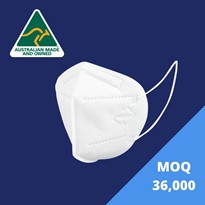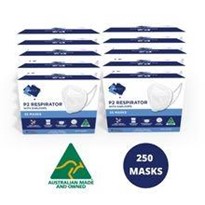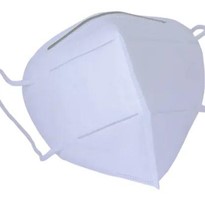Filtering facepiece respirators (FFRs), also known as disposable respirators, are regulated by various global standards, each outlining specific physical and performance requirements for compliance. During pandemics or emergencies, health authorities often recommend respirators such as N95, FFP2, or equivalent based on these standards.
This guide highlights key similarities across different FFR standards, including:
- N95 (United States)
- FFP2 (Europe)
- KN95 (China)
- P2 (Australia/New Zealand)
- Korea 1st class (Korea)
- DS2 (Japan)
Although the flow rates for inhalation and exhalation resistance tests vary across these standards (from 30 to 160 L/min), the pressure drop, or breathing resistance, remains comparable across different respirators. Despite different testing conditions, the pressure drop performance tends to align, as filters naturally show higher resistance at higher flow rates and lower resistance at lower rates.
REPRESENTATIVE FILTER PRESSURE DROP CURVE
A lower pressure drop generally equates to a higher airflow rate through a disposable respirator mask. Here's how it works:
- Pressure Drop - Refers to the resistance to airflow as it passes through the material of the respirator.
- Airflow rate - The amount of air that passes through the mask in a given period.\
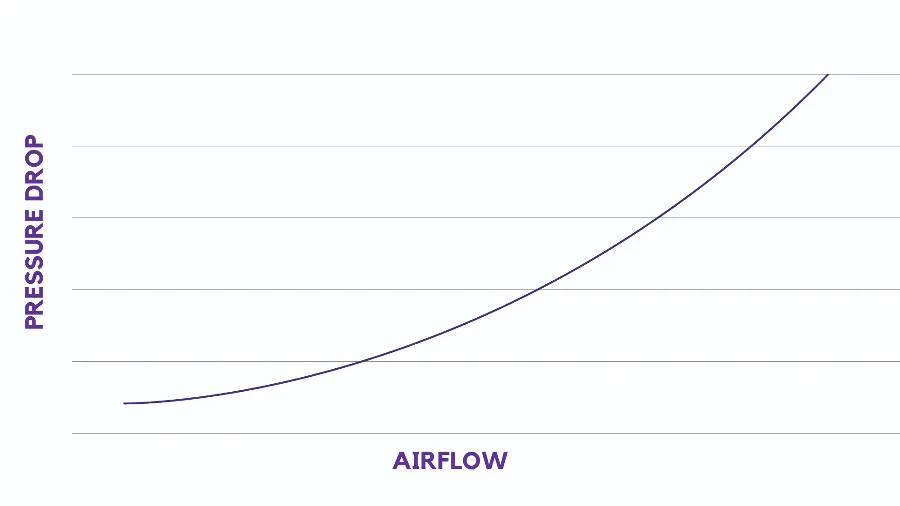
When a mask has a "lower pressure drop", it means the material offers less resistance to the air, allowing more air to pass through easily. This leads to a higher airflow rate, which can make breathing more comfortable for the user.
However, it's important to maintain a balance between airflow and filtration efficiency. Masks with very low pressure drop might allow more airflow but could compromise their ability to filter out harmful particles effectively. Therefore, in the design of respirators, both airflow (comfort) and filtration efficiency (safety) need to be optimised.
Definitions:
- Filter performance – Measures how effectively the filter reduces concentrations of specific aerosols in the air that pass through it.
- Test agent – The aerosol generated during the filter performance evaluation.
- Total inward leakage (TIL) – The amount of a specific aerosol that enters the respirator facepiece through both the filter and face seal leakage while the wearer performs various exercises in a test chamber.
- Inward leakage (IL) – The amount of a specific aerosol that enters the respirator facepiece during normal breathing for 3 minutes in a test chamber. The aerosol used has a particle size (count median diameter) of approximately 0.5 micrometres.
- Pressure drop – The resistance air encounters as it moves through a medium, like a respirator filter.
Looking for the right masks and PPE for you and your team? Explore our full range of products on our store!




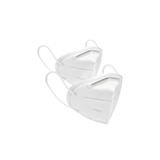







-205x205.jpg)
-205x205.jpg)
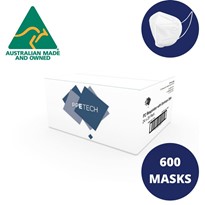
-205x205.jpg)

